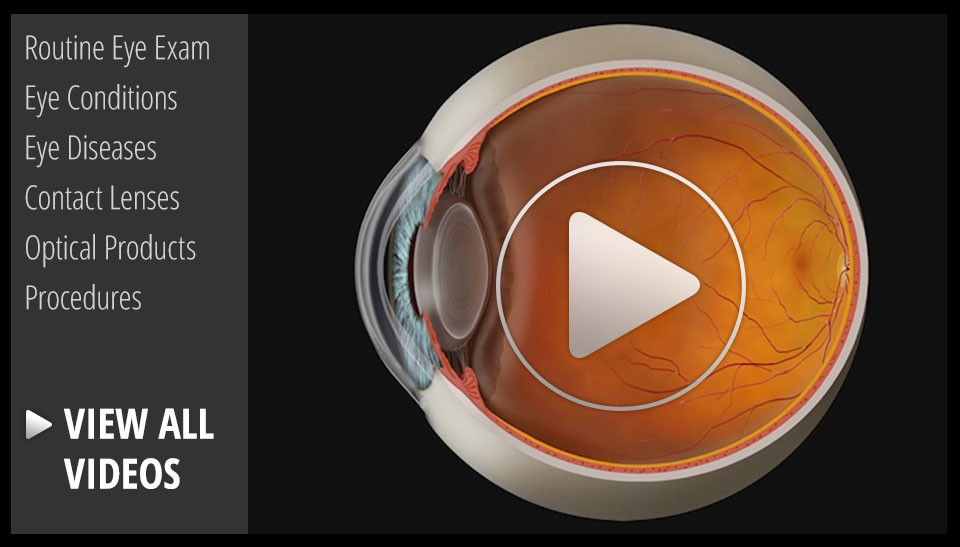
Cataract Surgery is the third most performed surgery in the United States.
With over 3.1 million surgeries per year, this surgery has a very high success rate with 9 out of 10 regaining vision between 20/20 and 20/40.
The surgery begins with the doctor making a small incision into the cornea. Next the surgeon may remove the lens as one piece or use an ultrasound, laser or surgical solution to break the lens into pieces and remove it.
The posterior capsule, the membrane at the back of the lens is left in place so an intraocular lens can be inserted.
Occasionally the entire lens, including the membrane, will be removed to ensure the membrane won't become cloudy over time and interfere with vision. However if the membrane is removed, a replacement lens can not be inserted. In this case corrective lenses must be worn to restore vision.
 The content of this video and blog cannot be reproduced or duplicated without the express written consent of Eye IQ
The content of this video and blog cannot be reproduced or duplicated without the express written consent of Eye IQ

